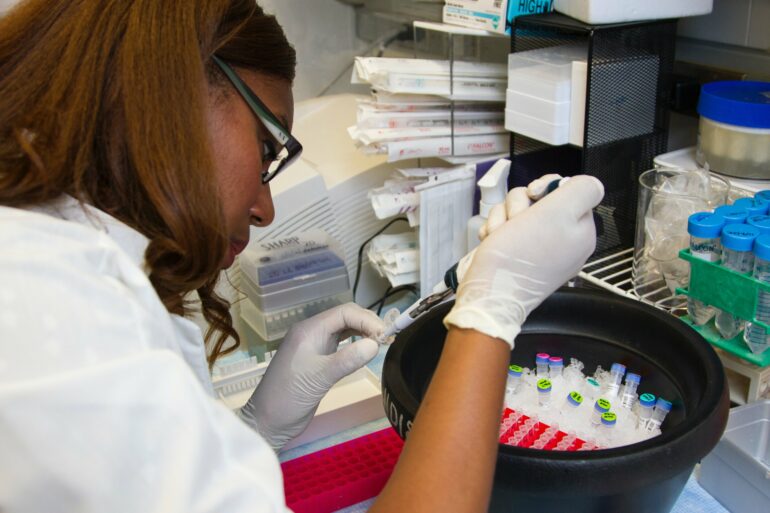The Research Brief is a short take about interesting academic work.
The big idea
One factor that influences the use of the labels “soft science” or “hard science” is gender bias, according to recent research my colleagues and I conducted.
Women’s participation varies across STEM disciplines. While women have nearly reached gender parity in biomedical sciences, they still make up only about 18% of students receiving undergraduate degrees in computer science, for instance.
In a series of experiments, we varied the information study participants read about women’s representation in fields like chemistry, sociology and biomedical sciences. We then asked them to categorize these fields as either a “soft science” or a “hard science.”
Across studies, participants were consistently more likely to describe a discipline as a “soft science” when they’d been led to believe that proportionally more women worked in the field. Moreover, the “soft science” label led people to devalue these fields – describing them as less rigorous, less trustworthy and less deserving of federal research funding.
Why it matters
Over the past decade, a growing movement has encouraged girls and women to pursue education and careers in science, technology, engineering and math, or STEM. This effort is sometimes described as a way to reduce the wage gap.
By encouraging women to enter high-paying fields like science, technology and engineering, advocates hope that women on average will increase their earning power relative to men. Others have hoped that, as women demonstrate they can be successful in STEM, sexist stereotypes about women’s ability and interest in STEM will erode.
Our research suggests this may not be the case. Stereotypes about women and STEM persist, even in the face of evidence that women can and do productively participate in STEM fields. These stereotypes can lead people to simply devalue the fields in which women participate. In this way, even science and math can end up in the “pink collar” category of heavily female fields that are often devalued and underpaid.

What does a ‘scientist’ look like in your mind’s eye?
ER Productions Limited/DigitalVision via Getty Images
What other research is being done
Other research has found that explicit “science equals men” stereotypes were weaker among people who majored in science disciplines with high participation by women, like biological sciences, compared to those who majored in fields with few women, like engineering. This finding suggests that exposure to women in your own field can shift the gender stereotypes you hold.
But our studies more closely align with other research suggesting that, rather than reducing gender stereotyping, women’s increased participation results in the devaluation of more heavily female fields.
When women make up more than 25% of graduate students in a discipline, men – and…



